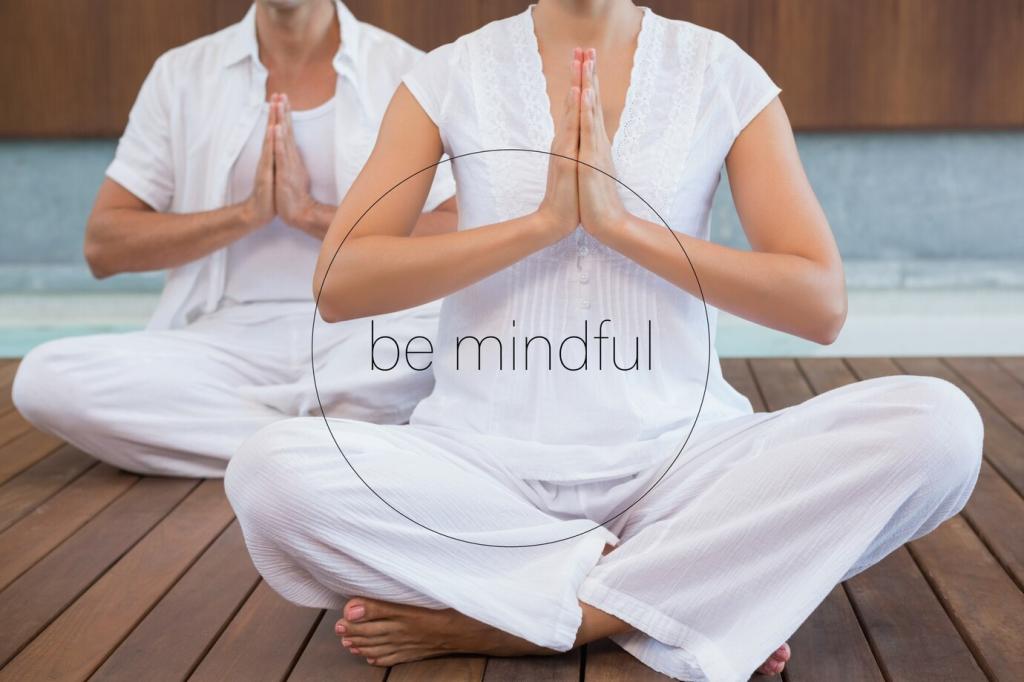
Transforming Living Spaces with Therapeutic Art
Chosen theme: Transforming Living Spaces with Therapeutic Art. Welcome to a warm, practical exploration of how intentional artworks, textures, colors, and rituals can gently reshape your rooms into restorative environments. Read, try, and subscribe to follow weekly healing-home ideas.
Neuroaesthetics in the Living Room
Our brains reward harmonious patterns, gentle symmetry, and meaningful imagery with lowered stress responses and improved mood. Placing one intentional artwork where your gaze naturally rests can reduce cognitive load and encourage mindful breathing throughout busy, ordinary moments.
Color Psychology That Truly Soothes
Soft blues and greens have been linked to slower heart rates, while warm accents can ease loneliness by signaling comfort and welcome. Personal history matters most, so choose hues that evoke safety and memories, not purely what trend palettes recommend.
From Clinics to Couches: Evidence That Travels Home
Hospitals use nature scenes and horizon lines to reduce perceived pain and anxiety. You can borrow this wisdom with calm, expansive artwork near seating, reinforcing recovery and steadiness every time you settle in with tea or a journal.
Design Principles for a Healing Living Room
Choose one artwork as your room’s heartbeat, ideally at eye level from your favorite chair. Let its rhythm guide breath: slow inhales along a line, patient exhales across a wash of color, building a quiet, repeatable ritual.


Design Principles for a Healing Living Room
Introduce textiles as living art. Nubby cushions, soft wool throws, or handwoven wall hangings regulate sensory needs and provide grounding. Keep a designated “comfort textile” within reach, and notice how touch supports calm during difficult conversations or long evenings.
Personal Stories: Rooms That Helped People Recover
Emma’s Quiet Corner After Loss
Emma placed monochrome family photos beside a watercolor wash that felt like morning fog. Each evening she traced the horizon with her finger, named one memory aloud, and breathed. After weeks, sleep returned, and friends noticed her softer voice.
Jae’s Anxiety-Friendly Studio Apartment
Jae painted small square panels during panic spikes, assigning each feeling a color and texture. Mounted in a grid near the desk, they became a map of resilience. Visitors asked questions; conversations replaced avoidance, and studying felt possible again.
A Family Memory Wall That Heals Together
Three generations built a collage using recipes, ticket stubs, and hand-drawn portraits. They ritualized Sunday afternoons for updates. Arguments softened when stories were visible, and the living room shifted from transactional space to gallery of shared belonging and care.
DIY Therapeutic Art You Can Start Today
Breath-Synced Painting
Tape paper to a table, choose two calming colors, and sync brushstrokes with breathing: inhale for a line, exhale for a wash. The finished piece anchors future breathwork, reminding your body it has practiced calm and can return.


Light-and-Shadow Mobiles
Cut translucent shapes from vellum or recycled plastic, then suspend them by a window. As light shifts, shadows drift like slow thoughts. Watching the movement supports nervous system regulation and becomes a gentle cue for short restorative pauses.
Art, Nature, and Biophilic Touches
Pressed Leaf Compositions
Arrange pressed leaves around a circular watercolor wash, echoing growth rings. The pattern suggests time and renewal, offering hope on difficult days. Rotate the frame each month to notice fresh details and renew your relationship with the piece.
Ripples, Blues, and the Calm of Water
Use layered blues and gentle curves to imitate ripples. Even abstract water scenes cue relaxation by hinting at predictable movement. Hang above seating so your eyes can float there when thoughts race, returning gently without self-judgment or urgency.
Clay, Wool, and Wood as Grounding Media
Natural materials meet you halfway: clay accepts fingerprints, wool warms, wood steadies. Display hand-shaped pieces on a shallow shelf. When stress rises, hold one item for thirty breaths, then note sensations in a journal curated beside the display.
Integrating Art Into Daily Routines
Place a small board by the kettle with three rotating images that represent today’s values. While water boils, choose one to guide your mood. Consistency matters more than perfection, and the board becomes a reliable lighthouse for attention.
Integrating Art Into Daily Routines
Create a hallway sequence of tiny artworks at eye height, spaced for slow steps. Walking past invites a thirty-second gallery pause. This simple practice interrupts spirals, restoring agency and reminding you that beauty remains within reach.


Inclusive and Trauma-Informed Therapeutic Spaces
Sensory Safety and Choice
Offer options: a bright art wall and a low-stimulation corner. Provide headphones, a soft-weighted throw, and dimmers. Label storage so nothing surprising jumps out. Choice restores control and turns rooms into places where nervous systems can settle.

